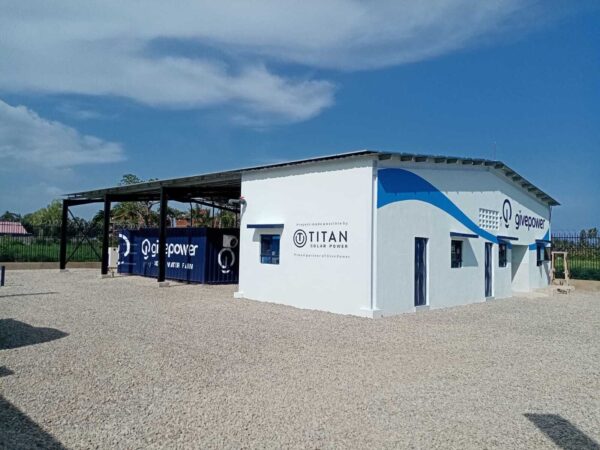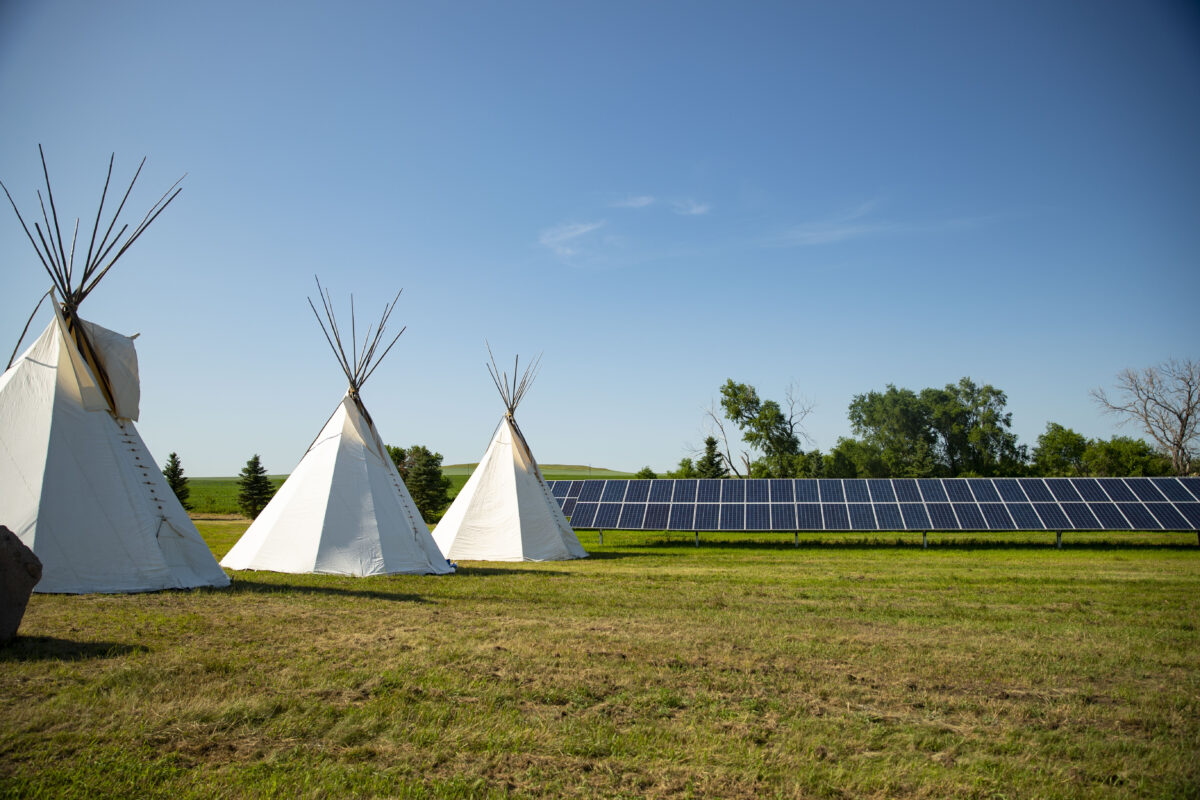GivePower uses solar and battery storage technologies to deliver essential services to the developing world, including sustainable access to clean water produced by Solar Water Farm Max, which are solar-powered desalinization systems the company develops. Designed to fit into a shipping container for ease of transportation, the system can produce up to 75,000 liters of clean water per day, and each system is designed to last for 20 years.
In designing the systems, the GivePower team approached Clean Power Research about using SolarAnywhere, a tool that provides satellite-based solar data. The company chose SolarAnywhere in part because it provides data across remote regions where ground-based measurements are unavailable. Its team uses the solar data to determine project viability and optimize water system designs for specific locations.
The company’s engineers have found that using the solar data can better size Solar Water Farms for specific requirements of each project, thus reducing costs while ensuring each water system produces clean water for the community year round.
Solar Water Farm Max specifications can vary depending on available modules as well as system energy needs, which can vary based on site specifics like depth of borehole and salinity of water. A basic system provides about 65 kW(DC) of power with 135 kWh of storage.

A system of this size produces about 75,000 liters of water per day, which can be delivered using a 10,000 liter water truck, or third-party distributors. Customers can also just come to the water site to fill jerry cans manually. GivePower also has a smaller size system called Mobi that they use in smaller towns. The Mobi is sized between 10 kW and 13 kW(DC) with 27 kWH to 40.5 kWh of storage, capable of producing 10,000 to 15,000 liters of water a day, which is delivered by an 800-liter tuk tuk rickshaw in the local area.
To date, GivePower has helped deliver clean power and water to underserved communities in more than 26 countries across Africa, Asia, North America, and Latin America. Solar Water Farms have been installed in Kenya, Haiti and Colombia, among other countries.
In addition to providing water to remote areas, GivePower focuses on providing just renewable energy systems to underserved communities. The group developed the first indigeous-owned solar park. Working with Indigenized Energy, they launched a 300 kW solar farm on the Standing Rock reservation. The project began in 2016 during the pipeline fight, when GivePower provided systems to support the water protectors in the camps. They identified the need for more permanent renewable energy, and got to work on the solar farm.
The GivePower Foundation is a 501(c)(3) nonprofit organization based in Austin, Texas, which is committed to extending the environmental and social benefits of renewable energy around the globe. Theresa Sweeney, senior engineering manager at GivePower, told pv magazine USA that one of the things that is important to her is how the Solar Water Farms empower people, as they not only bring fresh water to communities, but they hire and train people to help maintain the plants and sell the water, enabling people launch small businesses to help provide for their household.
This content is protected by copyright and may not be reused. If you want to cooperate with us and would like to reuse some of our content, please contact: editors@pv-magazine.com.









By submitting this form you agree to pv magazine using your data for the purposes of publishing your comment.
Your personal data will only be disclosed or otherwise transmitted to third parties for the purposes of spam filtering or if this is necessary for technical maintenance of the website. Any other transfer to third parties will not take place unless this is justified on the basis of applicable data protection regulations or if pv magazine is legally obliged to do so.
You may revoke this consent at any time with effect for the future, in which case your personal data will be deleted immediately. Otherwise, your data will be deleted if pv magazine has processed your request or the purpose of data storage is fulfilled.
Further information on data privacy can be found in our Data Protection Policy.